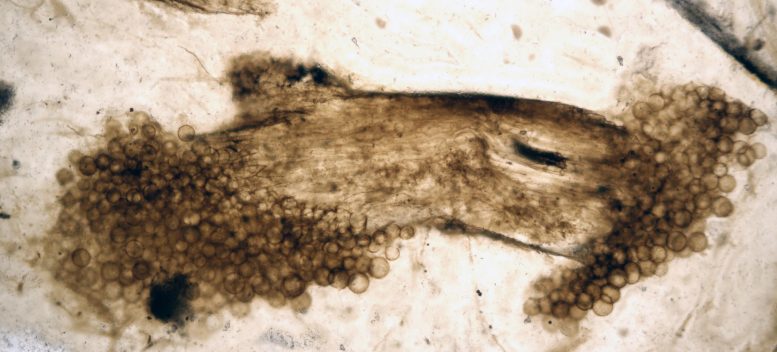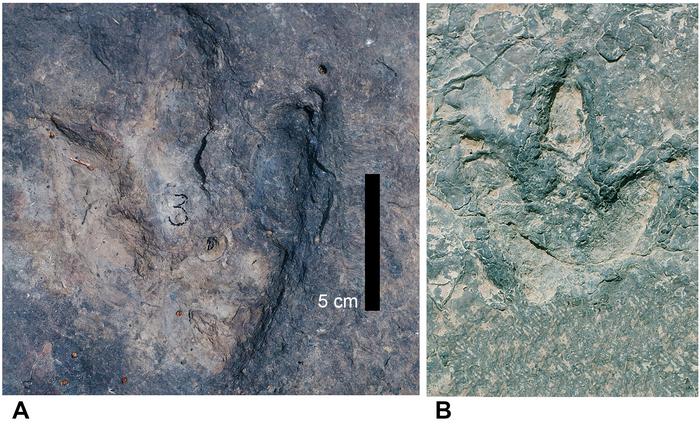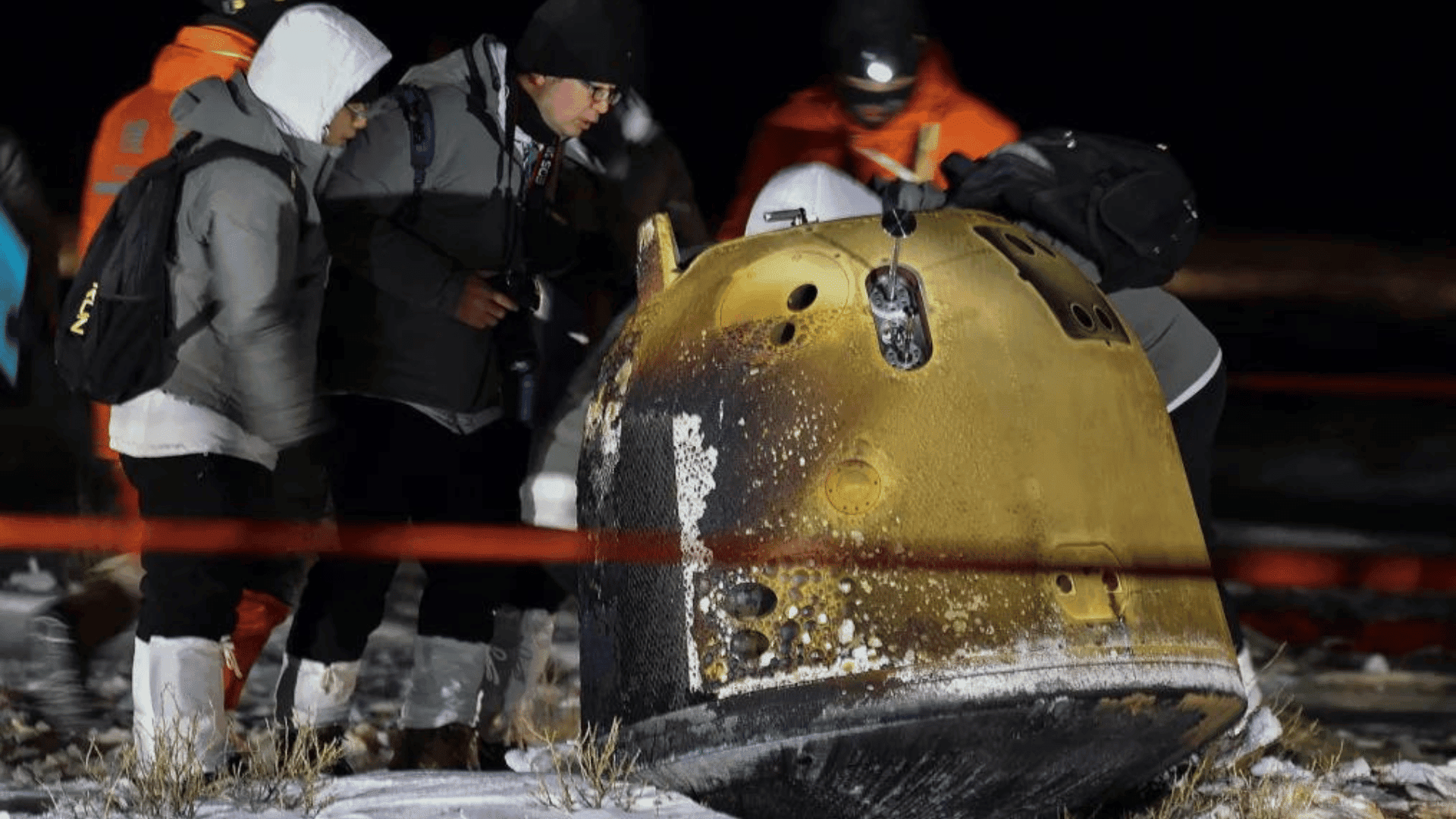
Un pequeño trozo de fósil de la planta del Rin con hongos fósiles colonizando las extremidades, visto a través de un microscopio. Crédito: Lorón et al.
La tecnología de vanguardia ha revelado nuevos conocimientos sobre un tesoro fósil de fama mundial, que puede proporcionar pistas importantes sobre la vida temprana en la Tierra.
Los científicos que investigan el alijo de fósiles de 400 millones de años de antigüedad, desenterrados en la remota región nororiental de Escocia, informan que sus resultados muestran un mayor nivel de conservación molecular en estos fósiles de lo que se esperaba anteriormente.
Un nuevo examen del tesoro oculto exquisitamente conservado de Aberdeenshire ha permitido a los científicos identificar las huellas químicas de los diversos organismos que contiene.
Así como la Piedra de Rosetta ayudó a los egiptólogos a traducir jeroglíficos, el equipo espera que estos símbolos alquímicos ayuden a comprender mejor la identidad de las formas de vida, que están representadas por otros fósiles más oscuros.
Mineralizado y cubierto con roca dura compuesta de sílice, el asombroso ecosistema fósil fue descubierto cerca del pueblo de Rhynie en Aberdeenshire en 1912. Conocido como Rhynie chert, se origina en el período Devónico temprano, hace unos 407 millones de años, y tiene un papel importante en la comprensión de los científicos sobre la vida en la Tierra.
Los investigadores combinaron lo último en imágenes no destructivas, análisis de datos y[{» attribute=»»>machine learning to analyze fossils from collections held by National Museums Scotland and the Universities of Aberdeen and Oxford. Scientists from the University of Edinburgh were able to probe deeper than has previously been possible, which they say could reveal new insights about less well-preserved samples.
Employing a technique known as FTIR spectroscopy – in which infrared light is used to collect high-resolution data – researchers found impressive preservation of molecular information within the cells, tissues, and organisms in the rock.
Since they already knew which organisms most of the fossils represented, the team was able to discover molecular fingerprints that reliably discriminate between fungi, bacteria, and other groups.
These fingerprints were then used to identify some of the more mysterious members of the Rhynie ecosystem, including two specimens of an enigmatic tubular “nematophyte”.
These strange organisms, which are found in Devonian – and later Silurian – sediments have both algal and fungal characteristics and were previously hard to place in either category. The new findings indicate that they were unlikely to have been either lichens or fungi.
Dr. Sean McMahon, Chancellor’s Fellow from the University of Edinburgh’s School of Physics and Astronomy and School of GeoSciences, said: “We have shown how a quick, non-invasive method can be used to discriminate between different lifeforms, and this opens a unique window on the diversity of early life on Earth.”
The team fed their data into a machine learning algorithm that was able to classify the different organisms, providing the potential for sorting other datasets from other fossil-bearing rocks.
The study, published in Nature Communications, was funded by The Royal Society, Wallonia–Brussels International, and the National Council of Science and Technology of Mexico.
Dr Corentin Loron, Royal Society Newton International Fellow from the University of Edinburgh’s School of Physics and Astronomy said the study shows the value of bridging paleontology with physics and chemistry to create new insights into early life.
“Our work highlights the unique scientific importance of some of Scotland’s spectacular natural heritage and provides us with a tool for studying life in trickier, more ambiguous remnants,” Dr. Loron said.
Dr. Nick Fraser, Keeper of Natural Sciences at National Museums Scotland, believes the value of museum collections for understanding our world should never be underestimated.
He said: “The continued development of analytical techniques provides new avenues to explore the past. Our new study provides one more way of peering ever deeper into the fossil record.”
Reference: “Molecular fingerprints resolve affinities of Rhynie chert organic fossils” by C. C. Loron, E. Rodriguez Dzul, P. J. Orr, A. V. Gromov, N. C. Fraser and S. McMahon, 13 March 2023, Nature Communications.
DOI: 10.1038/s41467-023-37047-1

«Erudito en viajes incurable. Pensador. Nerd zombi certificado. Pionero de la televisión extrema. Explorador general. Webaholic».







